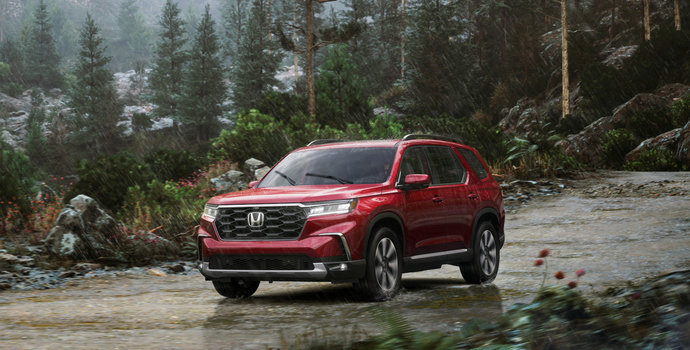The end of winter is finally just around the corner, and soon we can say goodbye to the frigid outdoor temperatures. As the snow starts to melt away, it is a good idea to think about getting your vehicle ready for the warmer temperatures. Here is a look at some of the most important things that you should do to your vehicle before winter comes to an end.
1. Check the Battery

Both the summer and winter months can cause damage to your battery. The heat from the summer sun can cause the inside of your battery to deteriorate and corrode. Freezing temperatures can also be exceptionally hard on your vehicle's battery. The cold temperatures make the oil thicker and run slower through the engine, which means that your engine may need an extra jolt of power to fully crank. This causes your battery to have to work much harder in the winter. And after it has sustained damage from the summer, it may not have enough power left to make your vehicle's cold engine start.
Before the cold weather completely disappears, you should have your battery checked out by an experienced service technician. The technician will check the voltage of your battery as well as look for corrosion or other damage to ensure that your battery is still at peak performance.
2. Have Your Vehicle's Brakes Inspected

Freezing rain, ice, and snow can wreak havoc on your Honda's brake system. The ice crystals and salt from the roadways can cause your brakes to decorate and even rust. This could mean that your brakes will not work properly and it could take your Honda longer to come to a complete stop. If you hear any squeaking sounds coming from your brakes, or you notice that your Honda is not coming to a complete stop as fast as it should, you need to have your entire braking system inspected immediately.
3. Wash Your Vehicle
Most roadways get a healthy coating of salt in the winter to help keep the ice off the road. The salt definitely helps road conditions during the winter, but it definitely does not do your vehicle any favours.
The salt can eat away at the paint on your Honda. And after a while, it can cause your vehicle to rust. To ensure that the road salt does not damage the body of your vehicle, it is a good idea to have your vehicle washed with a high-pressure washer. When washing your vehicle, make sure to spray underneath your Honda and around the wheels. Salt can also cause damage to the undercarriage as well.

4. Replace Your Winter Tires
If you are planning on driving your vehicle in Quebec, it is required that you have winter tires on your vehicle from December through March. The rest of the country strongly recommends that you use winter tires during that time as well. Winter tires are great for maintaining traction on icy and snow-covered roads. They are made of a special rubber compound that is specifically designed to perform well in the winter. However, the warm pavement in the spring and summer can make the tires wear out quickly. Also, winter tires do not provide the same kind of traction in the warmer months as they do in the colder months. For these reasons, it is important that you change out your winter tires once winter is over.
You should consider changing your tires to all-season tires once the temperatures have reached above 7 degrees. Before you store your winter tires away, you should wash them off to ensure that you get all of the salt and grime off of them.
5. Fix Alignment Issues

The winter can do a lot of damage to your suspension and the alignments of your wheels. One of the main ways that people throw their wheels out of alignment is by driving over curves and potholes that are hidden under the snow. When your wheel alignment is out of spec, it can cause your vehicle to pull to one side, which could cause damage to your vehicle and uneven wear to your tires.
Once the snow has melted off of the roads, you should consider taking your vehicle to a service department to have your alignment checked. If your alignment is even slightly out of spec, you should have it realigned as soon as possible.
6. Check the Fluid Levels
It is also a good idea to have the fluid levels checked in the vehicle once winter is over. You should get the oil changed in your vehicle around every 8,000 km. If it is time to have your oil changed, you should ask your service technician to also check your other fluid levels, including your washer and brake fluid. You should also check your transmission fluid levels. If you neglect your transmission fluid levels, it could end up costing you a lot of money in costly repairs in the future.
Let Orangeville Honda Help You Get Your Vehicle Ready for the Spring
Now that the winter is almost gone, it is time to get your Honda ready for the spring. If you need help with oil changes, brake checks, or any other service, let us help. Our service department is ready to get your Honda prepared for the warmer weather.











